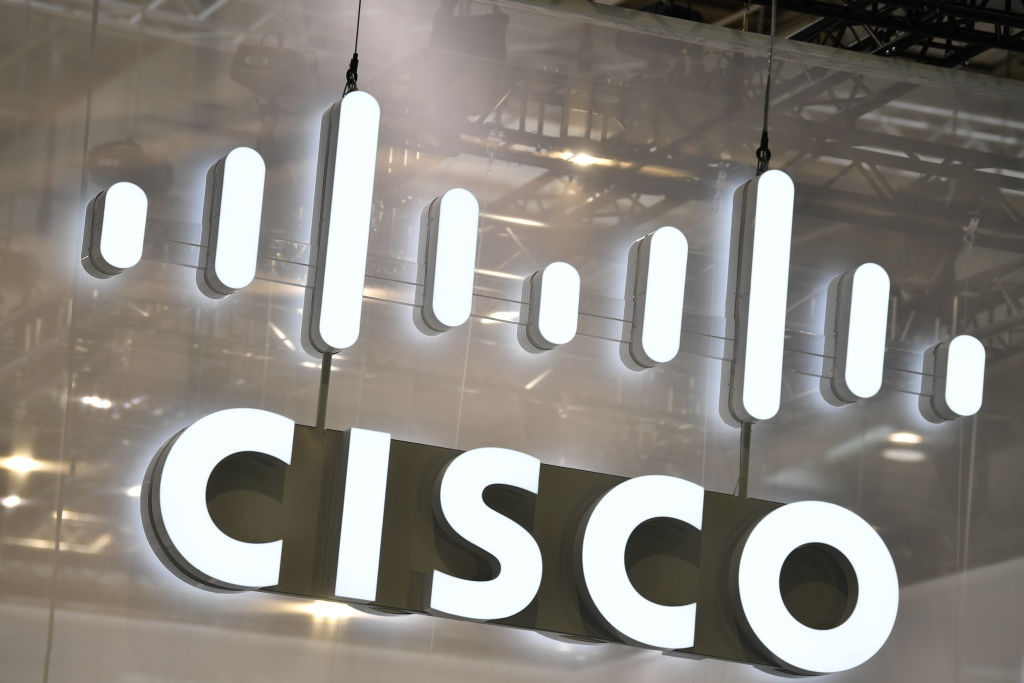🏡 Smarter Homes and Buildings
AI and IoT are revolutionizing real estate with smart homes, significantly impacting market dynamics.

Today's Highlights
- How AI is changing smart homes
- This Week On BuzzBelow - a recap on this week's topics
- In Other News - a few interesting developments we're tracking
Artificial Intelligence (AI) has managed to affect many industries these past few years. The real estate industry is no different as it experienced a transformational shift. The integration of these technologies into real estate has not only enhanced property management and investment strategies but also revolutionized the concept of smart homes.
Home Automation Systems
KNX Systems are standardized protocols for home and building automation. They allow for the integration and control of various home systems like lighting, security, and HVAC. Z-Wave and Zigbee are wireless protocols designed for home automation. They use low-energy radio waves to communicate between devices, offering a secure and reliable connectivity option. Companies like Samsung (through its SmartThings platform) and Philips (with its Hue lighting systems) use Z-Wave and Zigbee protocols for their smart home devices.
Facility Management and Urban Planning
Integrated Building Management Systems (IBMS) are systems that use IoT sensors to monitor and manage building operations, including energy consumption, lighting, and security, providing a more efficient way to manage commercial properties. Companies like Johnson Controls and Honeywell offer IBMS solutions that integrate IoT sensors for efficient building operations.
Geospatial Data Analysis is when AI algorithms analyze geospatial data to assist in urban planning, identifying optimal locations for development and assessing infrastructure needs. Autodesk is a key player in providing AI-powered geospatial analysis tools for urban planning and development.

Sensor Technology
Environmental Sensors include sensors for temperature, humidity, and air quality, crucial for maintaining an optimal living environment. They continuously feed data to the central system, which adjusts settings based on the collected information. Occupancy Sensors utilize infrared or ultrasonic technology. These sensors detect presence in a room, aiding in energy saving by controlling lighting and HVAC systems based on occupancy. Schneider Electric provides advanced occupancy sensors that integrate with smart home systems for energy efficiency.
By 2024, the number of smart homes is forecasted to surpass 400 million globally. This growth signifies a substantial increase in the adoption of smart home technologies, reflecting the expanding market for these innovations. In terms of market value, the global smart home market, valued at around $98.24 billion in 2020, is projected to grow to an impressive $495.15 billion by 2028. This represents a significant growth rate of approximately 23.59% between 2021 and 2028. The integration of these technologies in homes is not only enhancing the living experience, but also revolutionizing the way real estate operates.
This Week on BuzzBelow




In Other News






